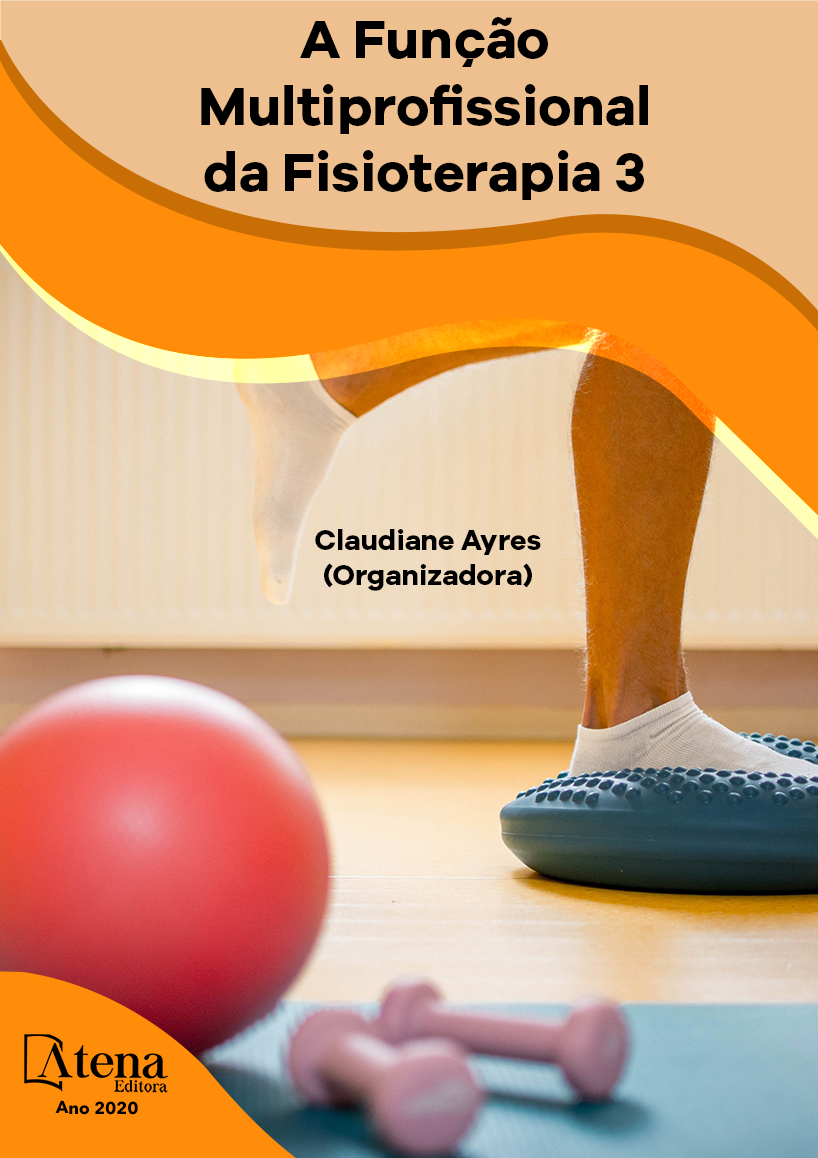
QUALIDADE DE VIDA E NÍVEL DE SATISFAÇÃO CORPORAL PÓS CIRURGIA PLÁSTICA
Introdução: Qualidade de vida (QV)
é um conceito multidimensional relacionado com
a percepção subjetiva do indivíduo. Objetivo:
Comparar a QV e o nível de satisfação corporal
entre mulheres que se submeteram ou não
a cirurgias plásticas. Metodologia: Estudo
transversal, quantitativo, com 30 mulheres
divididas em dois grupos: que realizaram
cirurgia plástica (MCP) e que não realizaram
(MNCP). Utilizou-se o instrumento Body Shape
Questionaire (BSQ) para avaliar o nível de
satisfação corporal e o WHOQOL- BREF para
QV. Os dados foram analisados pelo SPSS
18.0 e o WHOQOL-BREF consolidado em
sua respectiva sintaxe. Realizou-se análise
descritiva para as variáveis numéricas e
distribuição de freqüência para as nominais.
Na comparação das médias dos escores do
WHOQOL-BREF e do BSQ utilizou-se o teste
t Student pareado, considerando p<0,05.
Resultados: Ao comparar a QV encontrouse
relação significante no escore geral (MCP:
76,54; MNCP: 69,56; p= 0,011) e no domínio
meio ambiente (MCP: 73,54; MNCP: 63,76;
p=0,003). O grupo MNCP apresentou uma leve
distorção de imagem (116,86); na comparação
entre os grupos foi encontrada diferença
estatisticamente significante (p= 0,020).
Conclusão: As mulheres que realizaram
cirurgia plástica apresentaram uma QV melhor
e melhor nível de satisfação corporal quando
comparadas com as que não realizaram.
QUALIDADE DE VIDA E NÍVEL DE SATISFAÇÃO CORPORAL PÓS CIRURGIA PLÁSTICA
-
Palavras-chave: Qualidade de Vida, Autoimagem, Cirurgia Plástica.
-
Keywords: Quality of life. Self Concept. Surgery Plastic.
-
Abstract:
Introduction: Quality of life
(QOL) is a multidimensional concept related
to the subjective perception of the individual.
Objective: To compare QOL and the level of
body satisfaction among women who underwent plastic surgeries or not. Methodology:
A cross-sectional, quantitative study, with 30 women divided into two groups: who
underwent plastic surgery (MCP) and didn’t perform it (MNCP). The Body Shape
Questionnaire (BSQ) instrument was used to assess the level of body satisfaction and
the WHOQOL-BREF for QOL. The data were analyzed by SPSS 18.0 and consolidated
WHOQOL-BREF in their respective syntax. The descriptive analysis was performed
for the numerical variables and frequency distribution for the nominal variables. The
paired Student t-test was used to compare the means of the WHOQOL-BREF and
BSQ scores, considering p<0.05. Results: When comparing the QOL, a significant
relationship was found in the general score (MCP: 76.54, MNCP: 69.56, p= 0.011) and
in the environment domain (MCP: 73.54, MNCP: 63.76; p=0.003). The MNCP group
presented slight image distortion (116.86); in the comparison between the groups a
statistically significant difference was found (p= 0.020). Conclusion: Women who
underwent plastic surgery had a better QOL and better level of body satisfaction when
compared to those who did not.
-
Número de páginas: 10
- Gisélia Gonçalves de Castro
- Lays Magalhães Braga
- Amanda Letícia Eduardo Peres
- Kelly Christina de Faria Nunes
- Nilce Maria de Freitas Santos


